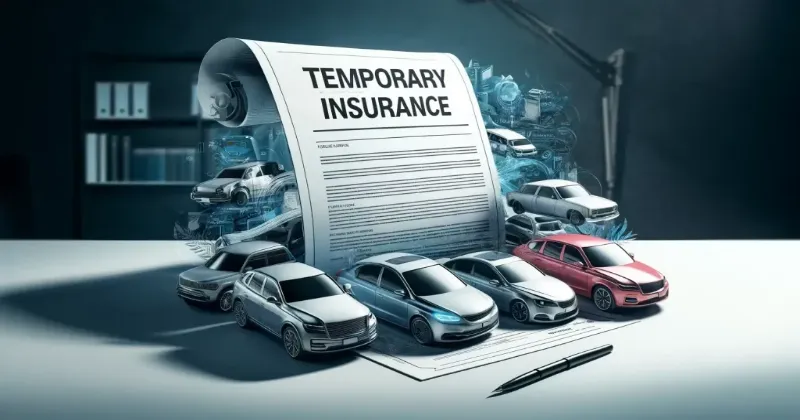-

Finding Car Insurance with No Upfront Deposit: Is It Right for You?
The process of selecting an appropriate insurance policy for your motor vehicle can be described as being both difficult and tedious. This is due to the existence of multiple providers who use various marketing tools to attract customers. An example of one such strategy that appears to be garnering interest is the ‘no car insurance deposit’ scheme.
Read More -

Car Insurance Tips for High-Risk Drivers
There is so much that goes into buying car insurance it makes you feel like running in circles at some point and this is even truer for high-risk drivers. If you have a couple of tickets under your name or a couple of driver’s records show some patterns that are not good it will be difficult to get cheap insurance coverage.
Read More -

Debunking Common Myths About Car Insurance
Navigating the complex world of car insurance can be difficult. To ensure you make informed decisions and have adequate protection, you must distinguish fact from fiction as any misinformation could result in costly decisions and inadequate coverage.Common belief holds that cars painted red cost more to insure; however, insurers consider other factors when setting rates, such as the make and model of the vehicle, sticker price, and safety features when setting premiums.
Read More -

Everything You Need to Know About Temporary Car Insurance
Temporary car insurance may make sense in various circumstances. For instance, it could prove particularly helpful when borrowing or renting a vehicle; similarly, if you drive frequently without owning one of your own and use non-owner coverage it may also make sense to consider temporary coverage as part of a non-owner car policy.
Read More -

How to Compare Car Insurance Quotes and Choose the Best Plan
Before selecting coverage, carefully assess your individual needs and financial goals. Consider increasing liability limits beyond state minimums, lowering deductibles, or adding gap insurance as necessary. Also, be prepared to provide information about your vehicle and estimated mileage estimates when requested by insurance providers.
Read More -

Top Ways to Qualify for Car Insurance Discounts in 2024
Making sense of car insurance is not an easy task, especially for the first-timer. The applicability of searching for money-saving efforts increases, considering there are various choices and policies to ponder. Fortunately, many discounts are offered that would likely include some of the cost of your insurance. You might not even be aware that you are eligible for such discounts, therefore conducting further research is important.
Read More